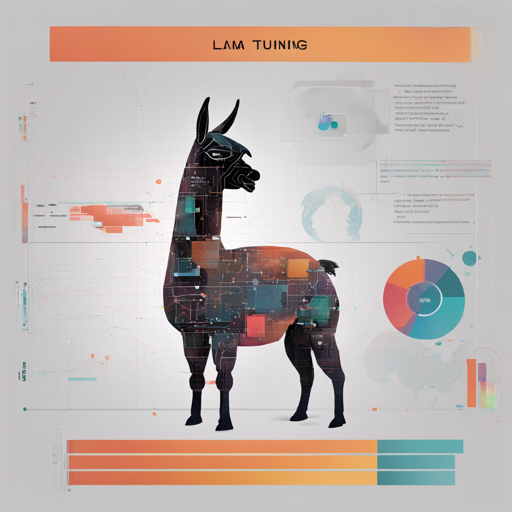In this article, we’ll navigate the intricacies of Reinforcement Learning from Human Feedback (RLHF) tuning using LLaMA models. If you’re looking to enhance the performance of your models through innovative training approaches like PPO (Proximal Policy Optimization) and DPO (Direct Preference Optimization), you’re in the right place! Let’s break it down step by step.
Understanding the Components
Before diving into the implementation details, let’s clarify the key components involved:
- LLaMA Models: These are foundational models aimed at achieving state-of-the-art performance in various NLP tasks.
- PPO: A policy gradient reinforcement learning algorithm that enhances stability and performance.
- DPO: A method focused on optimizing learning from human preferences directly.
- LoRA: Low-Rank Adaptation method that enables efficient fine-tuning of large models.
Step-by-Step Guide to Setting Up
Now that we have a solid understanding of the components, let’s move on to the implementation. Follow these steps carefully:
1. Set Up Your Environment
First, ensure your environment is installed with the necessary packages. You can set up a virtual environment and install the required dependencies by executing the following command:
pip install accelerate==0.21.0 datasets==2.13.1 scikit-learn==1.3.0 sentencepiece==0.1.99 tqdm==4.65.0 transformers==4.31.0 wandb==0.15.8 peft==0.4.0 torch==2.0.1 trl==0.5.0 deepspeed==0.10.02. Choose Your Model
You can utilize either LLaMA or LLaMA2 models for your tasks. Select a model that fits your project’s requirements based on size (7B or 28B parameters) and capabilities.
3. Training the Model
Now, it’s time to train your model using different techniques:
- SFT Training: Supervised fine-tuning using a dataset.
- RM Training: Reward modeling based on feedback.
- PPO Training: Training through reinforcement learning.
- DPO Training: Direct feedback-driven training.
4. Monitoring with Deepspeed
Integrate DeepSpeed to speed up the training process and manage resources efficiently, allowing the model to scale seamlessly.
Troubleshooting Common Issues
While implementing RLHF tuning, you may encounter several common issues. Here are some troubleshooting ideas:
- Model Training Stalling: Ensure your GPU has enough memory allocated. Lower your batch size if required.
- Package Conflicts: Make sure all dependencies are compatible with one another. Consider updating them or using a fresh environment.
- Data Issues: Verify your dataset for inconsistencies or errors that may affect training.
- Performance: Experiment with hyperparameters, such as learning rates, to find the optimal settings.
For more insights, updates, or to collaborate on AI development projects, stay connected with fxis.ai.
Wrapping Up
If you follow these steps diligently, you’ll be well on your way to effectively tuning your LLaMA model with RLHF techniques, ensuring robustness and improved performance.
At fxis.ai, we believe that such advancements are crucial for the future of AI, as they enable more comprehensive and effective solutions. Our team is continually exploring new methodologies to push the envelope in artificial intelligence, ensuring that our clients benefit from the latest technological innovations.

